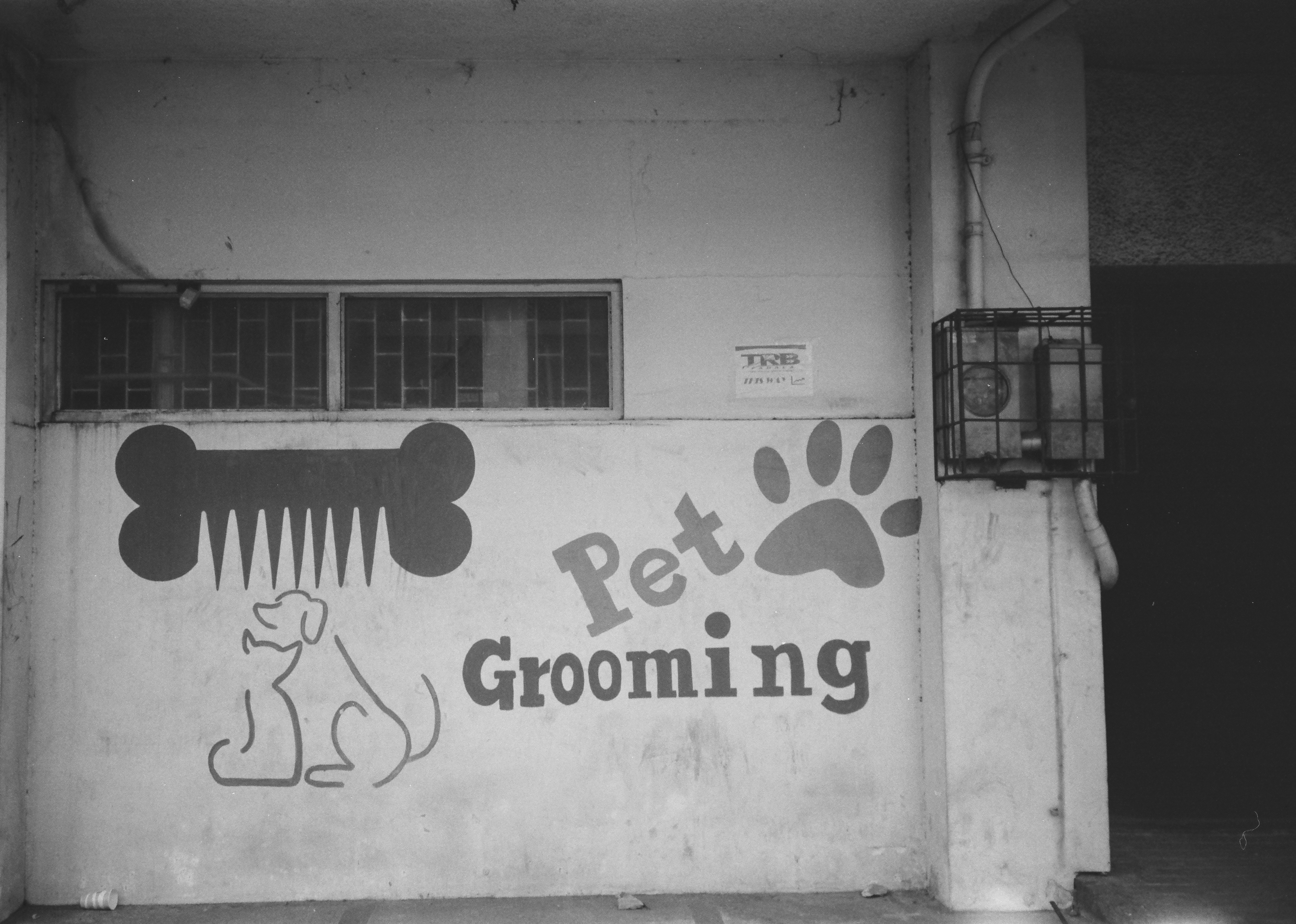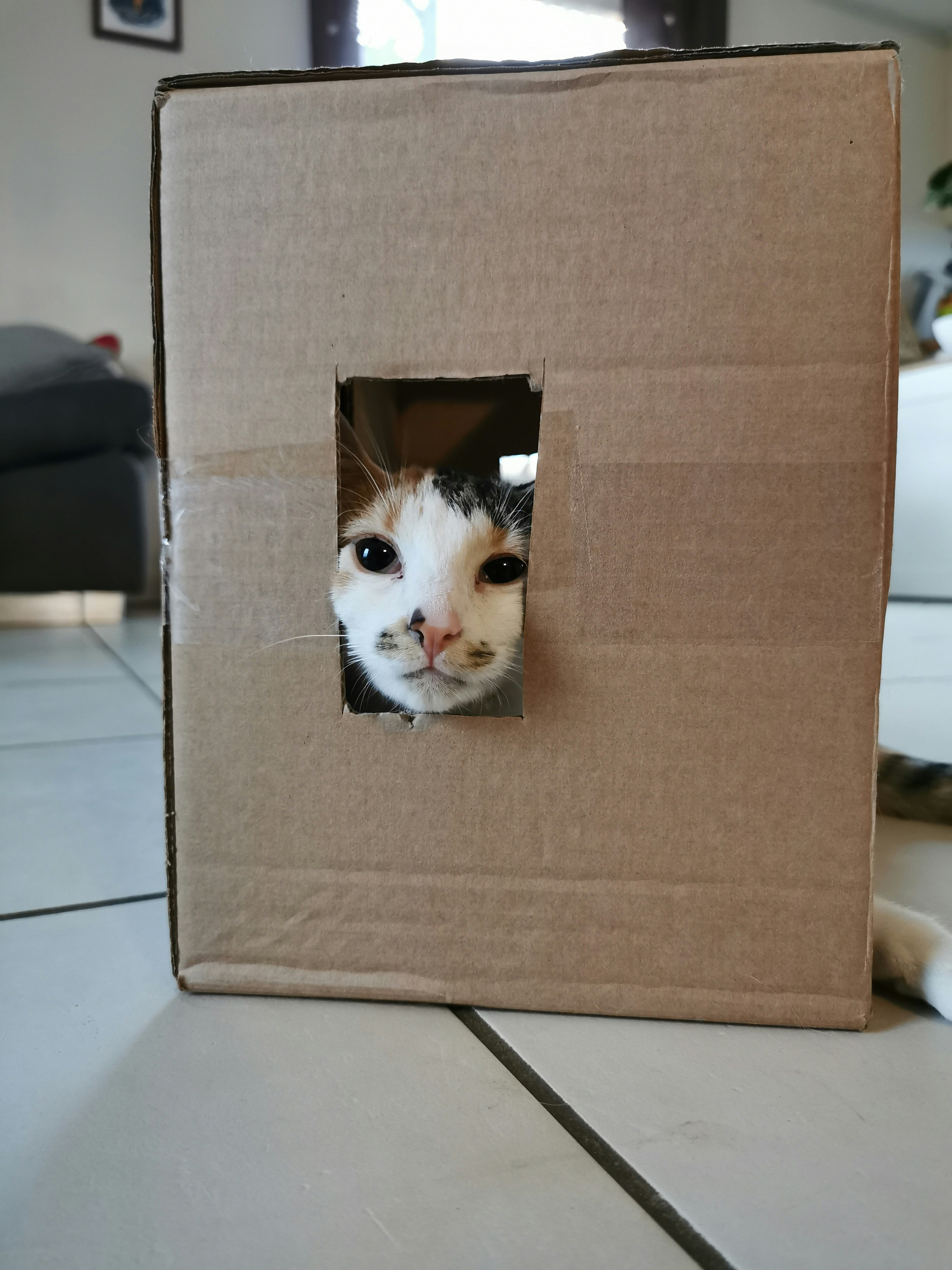
Understanding Pet Shedding: The Basics
Pet shedding is a natural phenomenon experienced by many animals, particularly those that possess fur or hair. Shedding refers to the process by which pets lose old or damaged hair, allowing for the growth of new, healthier strands. This cycle is vital for maintaining a pet’s coat integrity, promoting proper insulation, and regulating body temperature. It is important to recognize that shedding is a normal aspect of pet care and not always indicative of health-related issues.
The frequency and amount of shedding can vary significantly among different pet breeds, influenced by genetic factors embedded within their lineage. For instance, certain breeds, such as Huskies and German Shepherds, are known for their heavy shedding, particularly during seasonal changes when they lose their thick winter coats. Meanwhile, other breeds may exhibit minimal shedding due to their hair type or genetic predisposition. Therefore, understanding the specifics of a pet’s breed plays a crucial role in managing and anticipating shedding patterns.
Moreover, environmental elements, including seasonal transitions and temperature changes, can also impact a pet’s shedding behavior. As days grow warmer in spring and summer, many pets will shed their winter coats, leading to increased fur loss. Likewise, a healthy pet should have a well-balanced diet rich in appropriate nutrients, such as vitamins and fatty acids, which are essential for maintaining a good coat and minimizing excessive shedding. Poor nutrition can contribute to irregular patterns of shedding and can affect the overall health of a pet’s skin and hair.
In general, understanding the basics of pet shedding provides pet owners with insights into their animals’ well-being. By recognizing the natural shedding process, the influence of breed and environmental factors, as well as the impact of diet, pet owners can take informed steps towards reducing shedding issues and ensuring their pets remain comfortable and healthy.
The Link Between Diet and Shedding
The relationship between a pet’s diet and the amount of shedding it experiences is often underestimated. A high-quality pet food plays a crucial role in maintaining a healthy coat and reducing excessive shedding. Essential nutrients such as fatty acids, proteins, and various vitamins are vital to keeping fur nourished and resilient. When pets consume a diet lacking in these nutrients, they may experience coat-related issues, including increased shedding.
Fatty acids, particularly omega-3 and omega-6, are integral to promoting a shiny and healthy coat. These nutrients help maintain skin hydration and overall coat quality, ensuring that hair follicles remain strong and intact. When a pet’s diet is deficient in these essentials, it can lead to dry skin and irritability, which may manifest as increased fur loss. Similarly, proteins form the foundational building blocks of hair, so a lack of adequate protein intake directly impacts the health of a pet’s coat. Therefore, choosing a pet food rich in high-quality proteins can make a remarkable difference in minimizing shedding.
Vitamins and minerals also contribute significantly to maintaining a healthy coat. For instance, vitamin E acts as an antioxidant that helps protect skin cells, while biotin is essential for hair growth. Insufficient levels of these micronutrients can further exacerbate shedding issues. It is crucial to select a balanced diet tailored to the specific needs of each pet, considering factors such as age, breed, and any underlying health conditions. Consultation with a veterinarian can help pet owners make informed choices regarding appropriate dietary recommendations.
In summary, the quality and composition of pet food are strongly linked to shedding. A well-balanced diet rich in essential nutrients is a vital step toward improving coat health and reducing the occurrence of excess shedding. By focusing on the nutritional needs of their pets, owners can effectively manage and mitigate this common concern.
Identifying the Right Pet Food for Your Furry Friend
Choosing the appropriate pet food is fundamental for ensuring your pet’s health and well-being. To minimize pet shedding, it is essential to select high-quality ingredients that promote a healthy coat and skin. When examining pet food labels, pay particular attention to the first few ingredients listed. These should primarily consist of high-quality protein sources, such as chicken, fish, or beef, as these components are vital for coat health. Avoid foods that list unnamed meat products or fillers, such as corn or wheat, as primary ingredients.
Apart from examining the ingredient list, consider the specific dietary needs of your pet based on their age, breed, and any existing health conditions. Puppies and kittens have different nutritional requirements compared to adult and senior pets. For instance, younger animals may benefit from foods enriched with DHA for cognitive development, while older pets might require diets that support joint health. Understanding these nuances helps in selecting a pet food that not only minimizes shedding but also enhances overall health.
Furthermore, consulting with a veterinarian can provide personalized food recommendations tailored to your pet’s unique needs. A veterinarian can help identify any specific deficiencies in your pet’s current diet and suggest suitable alternatives that promote a shiny, healthy coat and reduce shedding. They may recommend specific formulations such as grain-free options, or those enriched with omega-3 fatty acids, important for skin vitality. In doing so, you can formulate a diet plan that not only caters to your furry friend’s liking but also aligns with their health requirements, thereby creating a more comfortable and low-shedding environment at home.
Additional Tips to Reduce Shedding Beyond Diet
While providing high-quality pet food is crucial in managing shedding, there are several additional strategies that can enhance this effort. Grooming practices play a significant role in controlling the amount of fur that ends up on your floors and furniture. Regular brushing helps remove loose hair and dander, which can greatly decrease the overall shedding in your home.
Different pets require different grooming tools; for example, a slicker brush may work well for a dog with a thick coat, while a bristle brush may be suitable for cats with shorter fur. Establishing a grooming routine that suits your pet’s specific breed and coat type will not only help in reducing shedding but will also promote a healthy skin and coat.
Maintaining a clean living environment is another essential aspect of managing pet shedding. Regular vacuuming and dusting can help eliminate the fur and dander that accumulates in your home. Consider using a vacuum designed specifically for pet owners, as these often come equipped with features tailored to pick up pet hair effectively. Wash your pet’s bedding and any blankets they frequently use to minimize allergens and hair buildup.
Moreover, regular veterinary check-ups cannot be overlooked. These appointments allow your veterinarian to monitor your pet’s health and, more importantly, identify any underlying issues that may contribute to excessive shedding. Conditions such as allergies, skin infections, or hormonal imbalances can all exacerbate shedding, and early diagnosis is crucial for effective treatment. Following up on your veterinarian’s advice and maintaining an open dialogue regarding your pet’s shedding can lead to a more comprehensive management plan.
Incorporating these additional practices along with a tailored diet will yield optimal results for controlling pet shedding, ensuring not only a cleaner home but also a happier and healthier pet.




